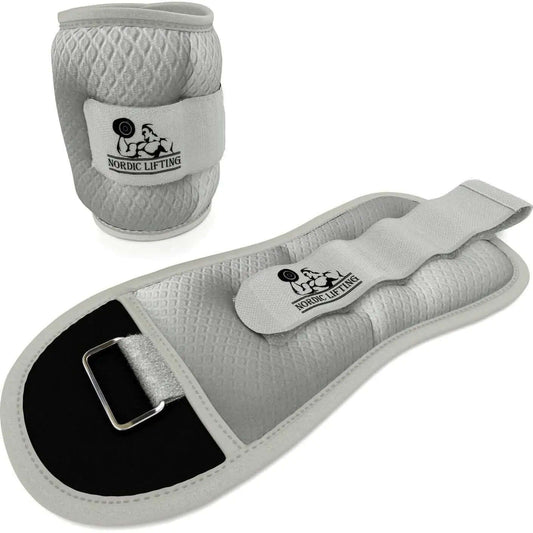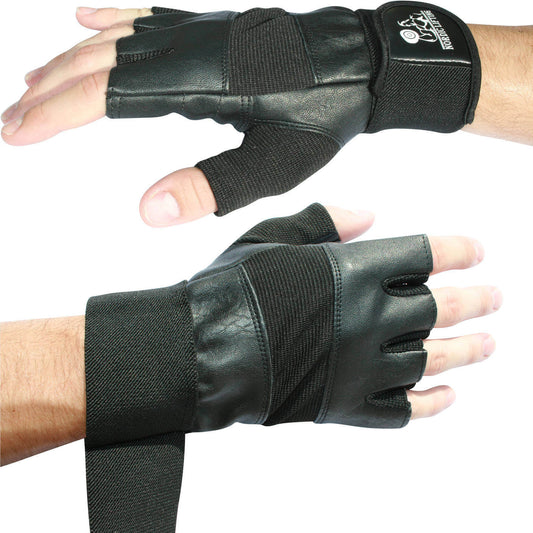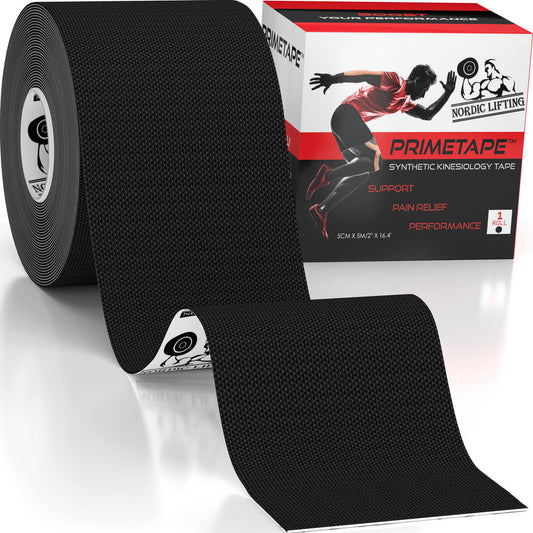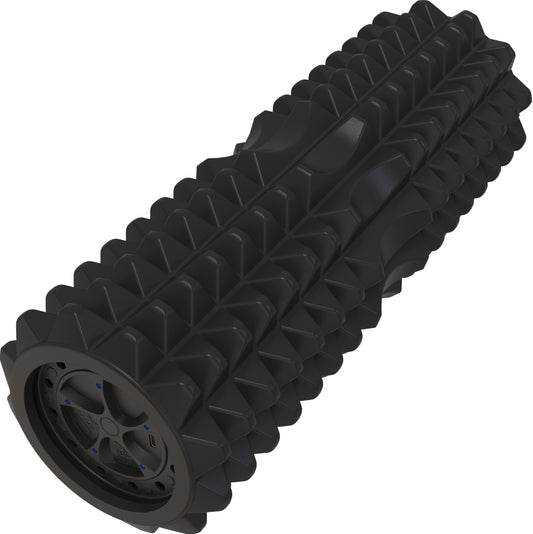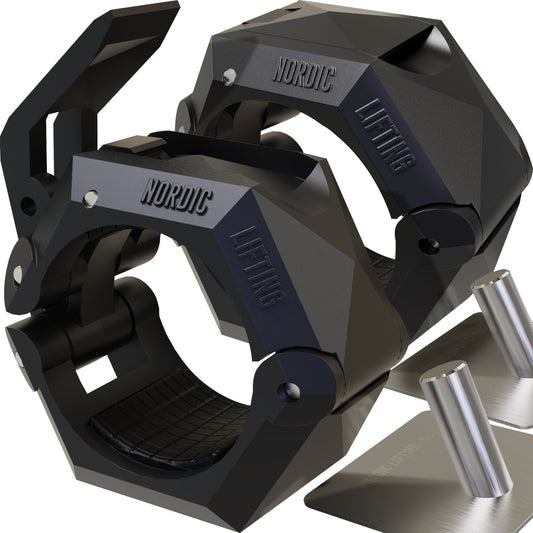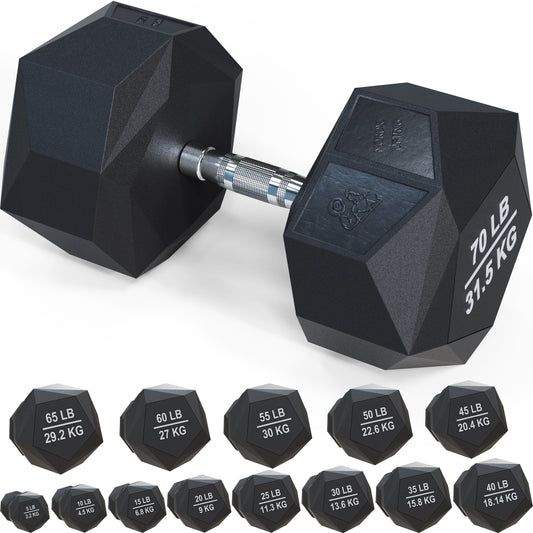
WHAT IS WEIGHTLIFTING?
It’s probably safe to assume that every single grownup on earth is familiar with the term, but just to refresh our minds and put out a clear definition that we can all follow, weightlifting is a form of training that uses free weights (dumbbells, kettlebells, loaded barbells, etc.) and exercise machines (cardio machines, cable machines, weight machines, etc.) in order to build strength, muscle size, and overall physical fitness.
In essence, weightlifting has been around for as long as humans. It is a skill that was vital to the survival of our species and is what helped power early civilization. It had a huge spike in popularity in the 1970s when the name Arnold Schwarzenegger came to fruition, and it has since become the most popular form of recreational training in the world.

HOW DO PEOPLE GET INTO WEIGHTLIFTING?
Before getting into how weightlifting works, we should first get to grips with the reasons behind this style of training. It is definitely not for everyone, and it requires a certain set of traits that not everyone is willing to bring to the table. An easy way to assess the question is to list some pros and cons of weightlifting:
Pros:
- Strength. Quite simply put, weightlifting is the easiest and most effective solution for gradually building muscle strength. Regularly increasing your working weight results in a stable improvement curve that is easy to track and follow.
- Size. Closely related to strength, as you increase your working weights and gain strength, your muscle mass will gradually increase, resulting in a bulkier, more fit body.
- Weight. While weightlifting on its own is not enough to start rapidly dropping the pounds, it is definitely one of the best weight killers when paired with a good nutrition plan and a healthy dose of cardio on top.
- Health benefits. Weightlifting has been directly linked with an improved immune system, a lower heart rate, as well as positive effects on your blood pressure, resting metabolism, and insulin resistance, while at the same time building bone density.
- Stress-relief. In today’s highly stressful world, many people around the world have trouble finding an outlet for stress. Luckily, there are fewer more effective ways of releasing tension than a good old heavy-weight workout routine.
- Longevity. It is scientifically proven that people who are stronger and physically more active have an easier time dealing with the issues that come with old age. People who lift weights deal with the decline of muscle much better and are able to live on their own for longer.
Cons:
- Cost. Whether you’re looking to get yourself a gym membership or a personalized home gym setup, both cost a pretty penny and require either a bulk upward investment or the possibility of making scheduled monthly payments to cover the gym membership costs.
- Availability. Unlike body weight training, which can be done anywhere, maintaining a gym training schedule requires constant access to a gym. People who are often on the move or spend a lot of time travelling will find it hard to consistently do weightlifting training.
- Injury. While it must be said that if done correctly and intelligently, weightlifting is not more dangerous than any other activity, if mistakes do happen, the consequences can be more severe than in body weight training. Muscle tears and dumbbells falling on top of your head are just a few of the dangers that can happen in the gym. An extra level of awareness is vital.
- Overtraining. An issue that plagues both beginner lifters and seasoned gym beasts, training too much is something to really look out for. Overtraining hinders development, induces extended fatigue, and is detrimental when trying to maintain motivation.
- Supplements. In essence, supplements like multivitamins, protein bars, and creatine are great when used according to specifications. Sadly, the weightlifting world is no stranger to more extreme substance abuse, which has resulted in everything from impotence to an increased risk of heart attacks and, in the worst cases, premature death.
If you give these pros and cons some thought, you’ll quickly come to the conclusion that most of the cons are a matter of properly informing yourself about the field of weightlifting. Most of these come not from people lifting weights but from people lifting weights incorrectly.
While the problem of constant gym availability does exist, there’s nothing stopping you from indulging in a calisthenics routine when you’re out on a business trip. So really, the only thing holding you back is the price, and when you really consider it, is a gym membership really that expensive?
WHY DO PEOPLE DO WEIGHTLIFTING TRAINING?
So, you’ve decided—you're going to start weightlifting. That's great, but where do you go from here? Well, first things first, you have to define what sort of weightlifting fits you better. It boils down to 2 main options: setting up a home gym or signing up for a gym membership.

The first option is great for people who have enough free space in their home, can make a larger initial investment, or generally just spend a lot of their time at home and prefer to work out by themselves. Sometimes a home gym is the only alternative for people who live in areas where public gyms are not conveniently available.
Signing up for a gym membership is better for people who don’t have enough room for a home gym or can’t really devote a lot of money to weightlifting up front. Going to a public gym is also great for people who struggle with motivation. While working out on your own can prove to be challenging and easy to cheat on, simply stepping into an area full of weights, exercise machines and a bunch of people getting their sweat on makes it much easier for anyone to join in.

Generally, the public gym option is more widespread, and it is also more beginner-friendly. Most gyms nowadays have active staff onboard to help beginners integrate into the practice.
However, while working out in your own home allows you to set up your own set of rules, there are some general guidelines that you should be aware of before stepping into a public gym:
- Wear deodorant. Obvious to most, seemingly incomprehensible to others.
- Put stuff back. Whether it’s dumbbells, bars, bands, or plates – once you’re done using an item, put it back where it belongs. And that doesn’t always mean the place where you found it.
- Keep the equipment clean. Getting to a machine only to find that it’s soaked in someone else’s blood, sweat and tears is never a nice experience. So, make sure to not be that guy. Keep a small towel with you and wipe it clean after you’re finished.
- No eyeballing. Although this mostly applies to guys, it’s just as rude for girls to stare at the men, no matter how sculpted they may be.
- No phones. While a phone is great for use as a timekeeping device or a mobile log to track your progress, it shouldn’t be used for anything else. Phone calls, Facebook scrolling & selfies should not be a part of your training session at the gym.
- Keep a distance. This is especially important during your first few times at the gym. Take note of your surroundings and understand how much space is required for the various exercises that are done in the gym. Do your best to stay clear of anyone in the middle of an exercise.
- No intrusions. Never interrupt a fellow gym-goer when he/she is in the middle of an exercise. Whether it’s pullups or deadlifts–you can talk to them after the set is finished.
- Stay quiet. Whether it’s your favorite song blasting on your iPod or your final repetition in a heavy ass lifting set, try and keep the vocals to a minimum. It’s a gym, not a rock concert.
- Don’t block the mirrors. At first glance it seems quite shallow to be lifting a great big weight and yet constantly gaze at the mirror. This is not for show though, gym mirrors are used to maintain proper form & posture when lifting–don’t get in the way of that.
If a gym subscription is the way for you, then you’re all set. Pack your bag, don’t forget to bring an extra towel and head out to your nearest gym. The first time is usually free and these days basically every gym offers an in-house exercise program for your first 3-4 weeks.
If you don’t like the ones at your gym, check out these incredibly detailed ones by muscleandfitness.com and bodybuilding.com, remember to stick to the rules and start lifting!
Don’t think weightlifting is your cup of tea? Check out our intro to calisthenics guide where we look at the basics of body weight training and how to get started in this field.







